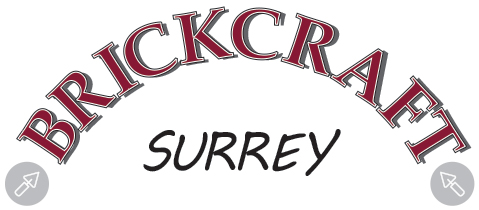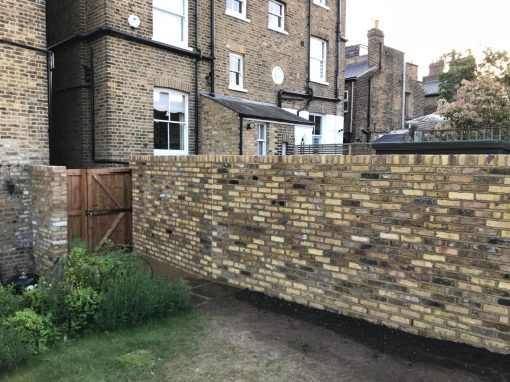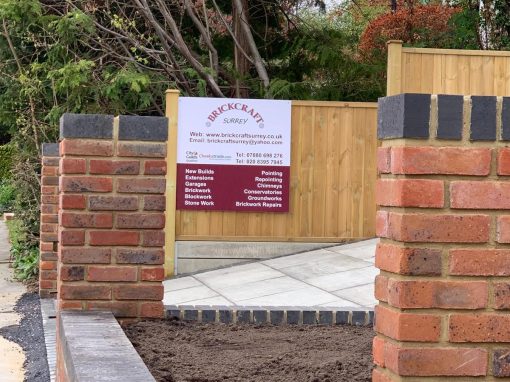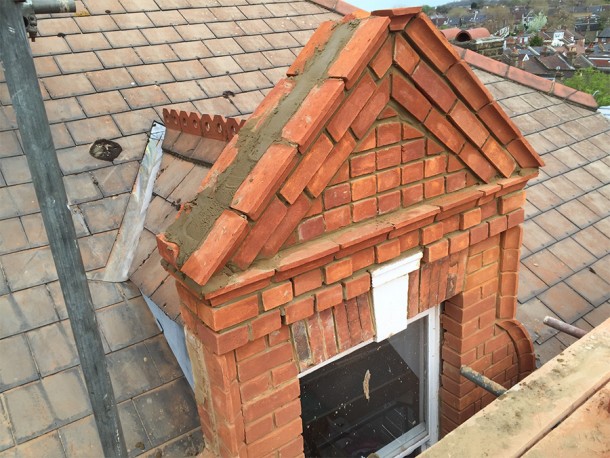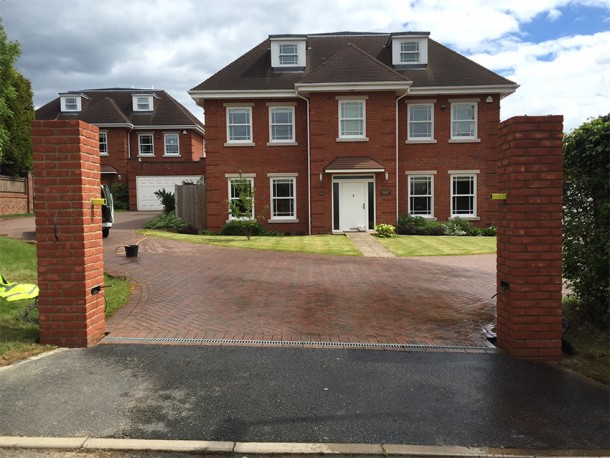Repointing in Ferring is an essential task for maintaining the structural integrity and visual appeal of its buildings. Situated on the beautiful West Sussex coastline, Ferring’s architecture is subjected to the elements, including sea spray, wind, and rain, which can accelerate mortar erosion and brick deterioration.
The village boasts a rich history, with landmarks such as St. Andrew’s Church and Ferring Country Centre reflecting its heritage. Preserving these cultural treasures requires repointing. Skilled craftsmen employ traditional techniques and locally sourced materials to ensure authenticity while fortifying against weathering and decay.
In residential areas like Sea Lane and Ferringham Lane, repointing addresses common issues such as water ingress and dampness, which can compromise the comfort and stability of homes. Renewing mortar joints helps homeowners protect their properties from moisture penetration, reducing the risk of structural damage and mould growth.
Moreover, repointing contributes to Ferring’s visual charm by maintaining the character of its historic and period properties. Skilled artisans carefully match mortar colours and textures to blend seamlessly with existing brickwork, enhancing the village’s architectural harmony.
The repointing process begins with a thorough assessment of the building’s condition, identifying areas of deterioration and potential vulnerabilities. Before repointing, surfaces are cleaned to remove debris and old mortar, ensuring optimal adhesion for the new mortar.
Craftsmen then apply fresh mortar to fill the joints, paying meticulous attention to detail to achieve a uniform finish. The choice of mortar depends on factors such as building age, location, and architectural style, with lime-based mortars often favoured for their compatibility and breathability.
